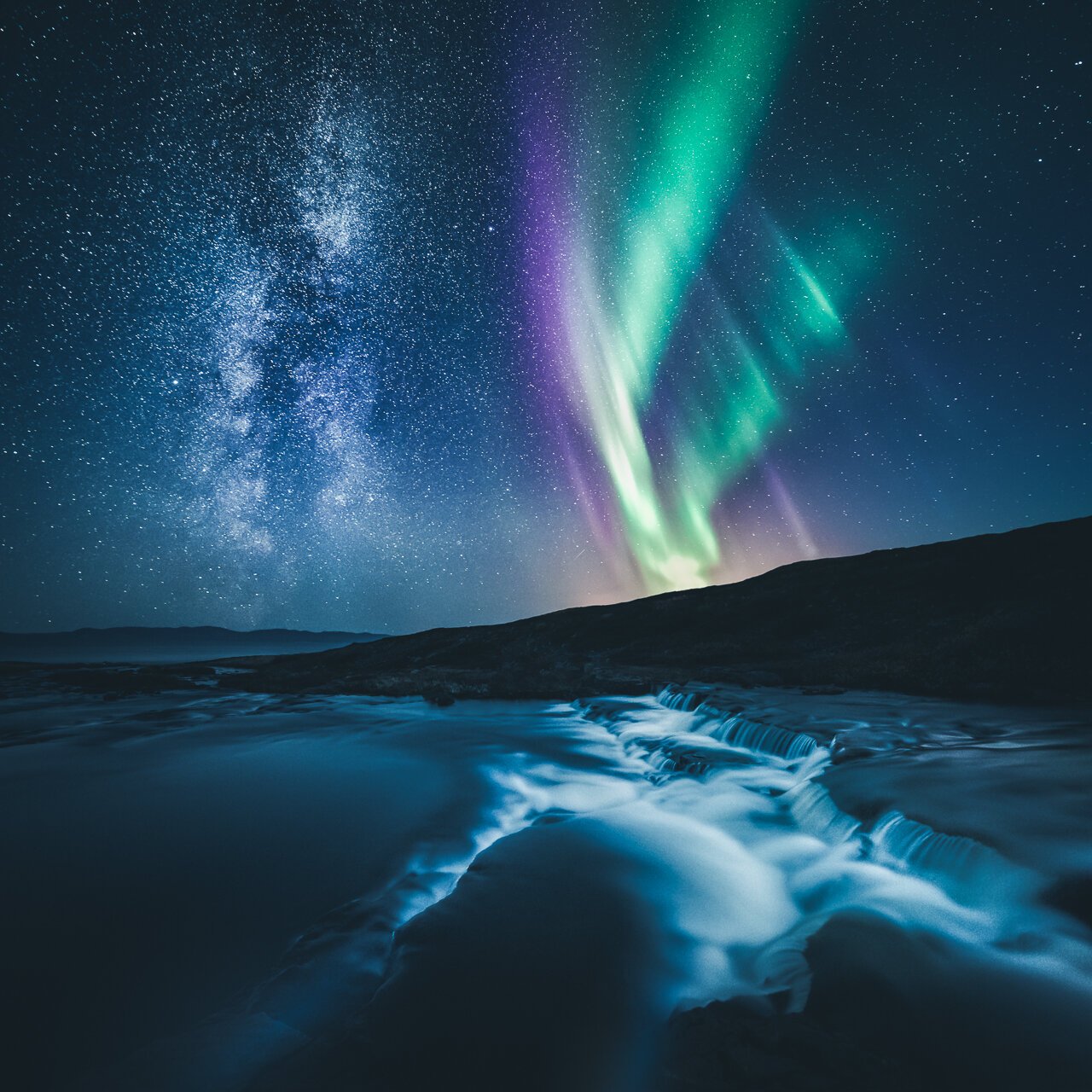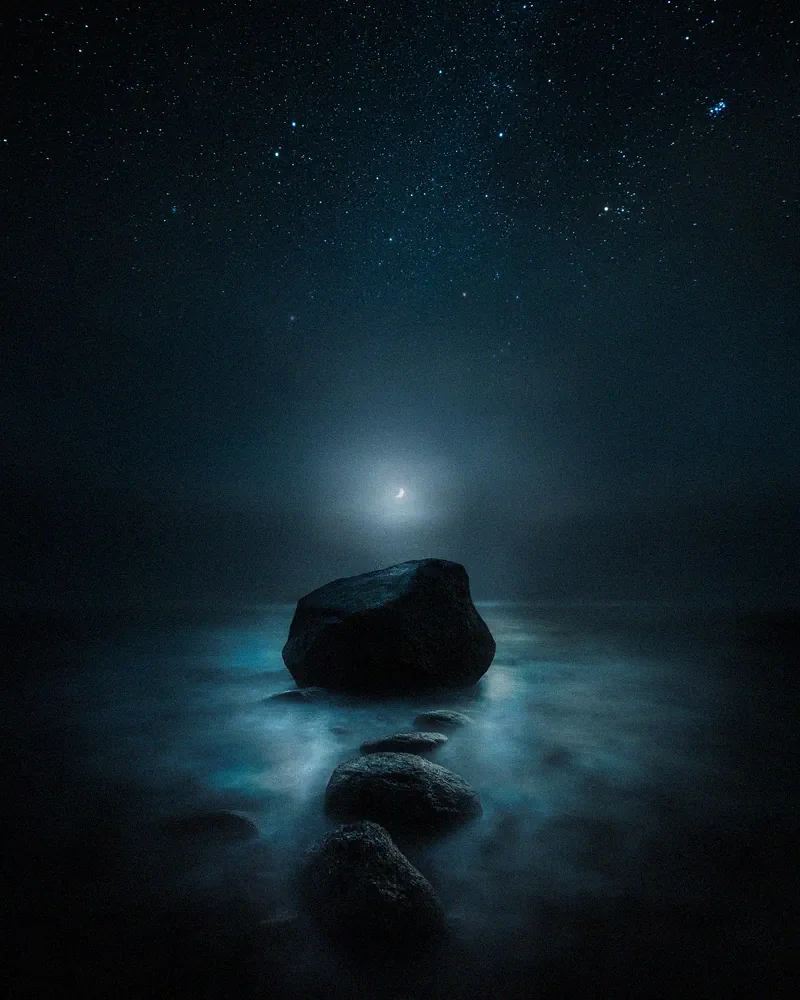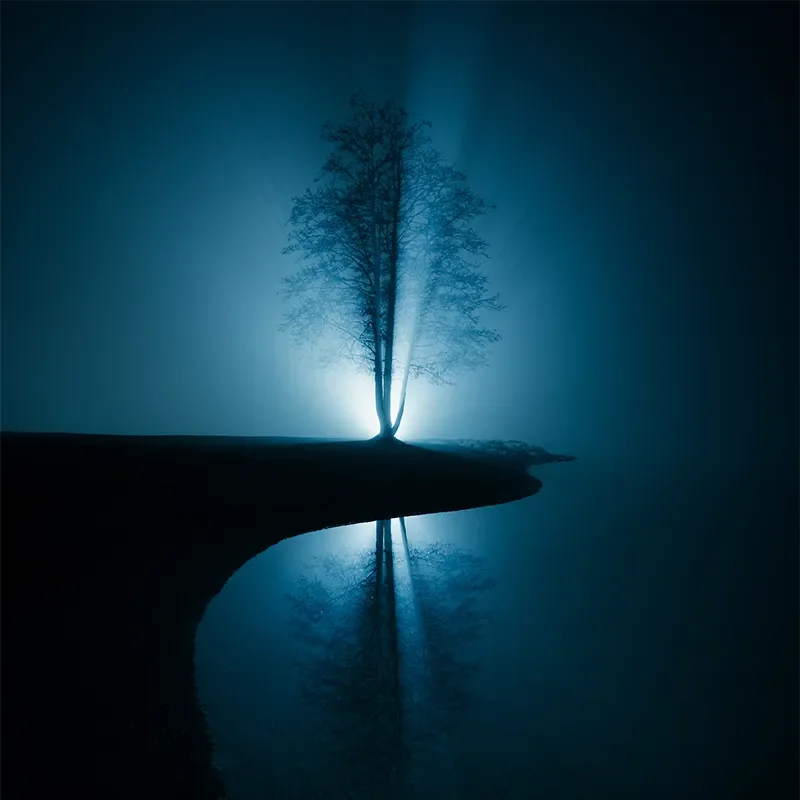How to Photograph the Northern Lights (Aurora Borealis)?
I love to capture the northern lights, and because I get questions from people on how to capture them, I decided to share my experiences on the topic. I’m sure it is possible to photograph some kind of shots of the northern lights with our phones. However, when talking about a decent quality image, you need a DSLR or mirrorless camera, at least at the moment I’m writing this article. The gear part is continually changing, so I’m not going to spend a whole lot of time talking about it. Instead, I’ll give you advice on settings, how, when and where to capture the northern lights.
What kind of equipment is needed to capture Aurora?
DSLR or a mirrorless camera that can handle high ISO settings up to 6400 without being overly grainy. Most of the latest cameras work well with high ISO settings.
Wide-angle lens between 12 to 24 mm (full-frame equivalent) with an aperture between f/1.4 to f/2.8
Tripod
Can You Photograph the Northern Lights with a Smartphone?
While a DSLR or mirrorless camera will always give you the best quality, modern smartphones (like newer iPhones, Pixels, and Samsungs) have incredible "Night Mode" capabilities. You can capture the aurora!
If you are using a smartphone, here are the keys to success:
You MUST Use a Tripod: This is not optional. The phone needs to be perfectly still for a 3-10 second exposure. Get a small, portable phone tripod.
Use Night Mode: This will automatically activate when it's dark. It will tell you the exposure time (e.g., "10 sec").
Go Manual (If You Can): If your phone's camera app has a "Pro" or "Manual" mode, use it. Set the ISO as high as it will go (e.g., 1600-3200) and the Shutter Speed to 10-20 seconds.
Tap to Focus: Make sure you tap on a distant light or a bright star to set your focus to infinity.
Where to capture the northern lights and when?
Go north and shoot towards the north is an excellent place to start. Some areas that I think are worthy of consideration to capture Auroras: Finnish Lapland, Swedish Lapland, Iceland, Svalbard, and Northern Norway.
Stay away from city lights. If you have captured night shots, you know how bad those lights can look on the horizon, that’s why I always recommend avoiding light pollution.
The best time to capture the Aurora Borealis is from autumn until spring.
Some of the most famous and reliable places in the world to see them include:
Europe: Finnish Lapland, Swedish Lapland, Northern Norway, and Iceland.
North America: Fairbanks, Alaska (USA); Yellowknife (Canada); Whitehorse, Yukon (Canada); and Churchill, Manitoba (Canada).
You can also see them in the northern contiguous United States (like Michigan's Upper Peninsula, Minnesota, or Maine) during strong geomagnetic storms.
And, when the geomagnetic storm is huge, the aurora can be seen much further south than you might expect!
How to know when to shoot?
Other than continually looking at the evening sky, there are plenty of different apps that show you forecast for Auroras. The forecasts use the KP index, which is a scale of geomagnetic activity. The higher the KP, the higher the chance of seeing the Aurora in lower latitudes. For example, if a place you are visiting has usual visibility when it’s KP 3, then you might want to head out even when it’s KP 2 because you might get lucky. Some of my favorite Aurora Borealis forecast apps are Aurora Now, Aurora Fcst, and My Aurora Forecast
Check the weather forecast and hope for clear skies, but remember to look out because sometimes the estimates are wrong, and you don’t want to miss out on the show!
Many photographers use the NOAA Space Weather Prediction Center for its 30-minute forecast.
What settings to use?
Use the manual mode on your camera and manual focusing. If you have never tested manual mode or focusing, I recommend doing both in the daylight, so you get used to it before heading out.
ISO between 800-6400 depending on the brightness of the scenery and Aurora.
Use f/2.8 or smaller f-stop numbers.
Shutter speed depends on how fast or bright the northern lights are. Shutter speed can be between 4 to 30 seconds. The most common is somewhere between 10-25 seconds in my experience. You must figure it out as you shoot. Go more prolonged exposure first and then lower it if the lights are brighter or faster than you expected. You can also reduce the ISO if the images seem to be overexposed.
Tips on taking the photographs
Try to find different perspectives: look up, look for reflections, and unique subjects.
Focus on having the Aurora in line with the subject. Circle around the subject you are focusing on and try to find creative angles.
Aurora is a great way to compose a subject because it works great as a leading line.
How to Include People in Your Aurora Photos
Adding a person to your shot is a beautiful way to show scale and tell a human story.
The Silhouette: This is the easiest way. Have your subject stand on a hill or ridge. They will be a dark, sharp silhouette against the bright aurora.
The "Hold Still" Portrait: This is harder but rewarding. You will need a headlamp or a small light.
Have your subject hold perfectly still for the entire 10-25 second exposure. Any movement will make them a blurry ghost.
Right before the shutter closes, "paint" them with a quick flash from a headlamp (less than one second). This will freeze them in place and light them up, while the long exposure captures the sky behind them.
Free Night Photography Guide
Learn the essential settings and gear I use in the dark.
Learn and Master Photography Through My Complete Photography Bundle!
Kilpisjärvi, Finland 2018 – Nikon D810, Laowa 12 mm f/2.8 – ISO 1600, 13 sec. f/2.8
In this above photograph, I had different ways to compose it. Still, because I wanted to show the whole night sky, I opted to create a vertorama of three different horizontal photographs.
Kilpisjärvi, Finland 2018 – Nikon D810, Laowa 12 mm f/2.8 – ISO 2000, 15 sec. f/2.8
Above is another view of the same subject with an entirely different atmosphere obtained by shifting the perspective from the other side of the boat wreck. Editing the image with colder tones makes it feel more ethereal than the first shot.
Below are some of my favorite recent northern lights photographs. Click on the image to see the equipment and settings used to capture them.
Quick Recap
Camera settings for capturing the Northern Lights
Focal length: 12-24 mm
Manual focusing
ISO settings: 400-6400
Aperture: f/1.4-2.8
Shutter speed: 4-30 sec. depending on the movement and brightness of the Aurora
Places to capture the Northern Lights in Autumn, Winter, and Spring
Finnish & Swedish Lapland
Northern Norway & Iceland
Alaska & Canada (Yukon, Northwest Territories)
Northern contiguous USA (during strong storms)
Even further south (during huge storms)
Would you like a second post about Auroras? Perhaps about the editing the shots of the northern lights?
Have you experienced Aurora Borealis yourself, if so where did you see them?










